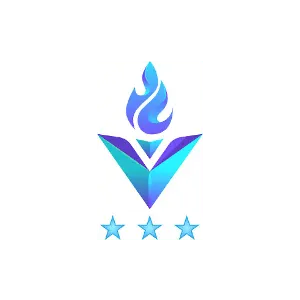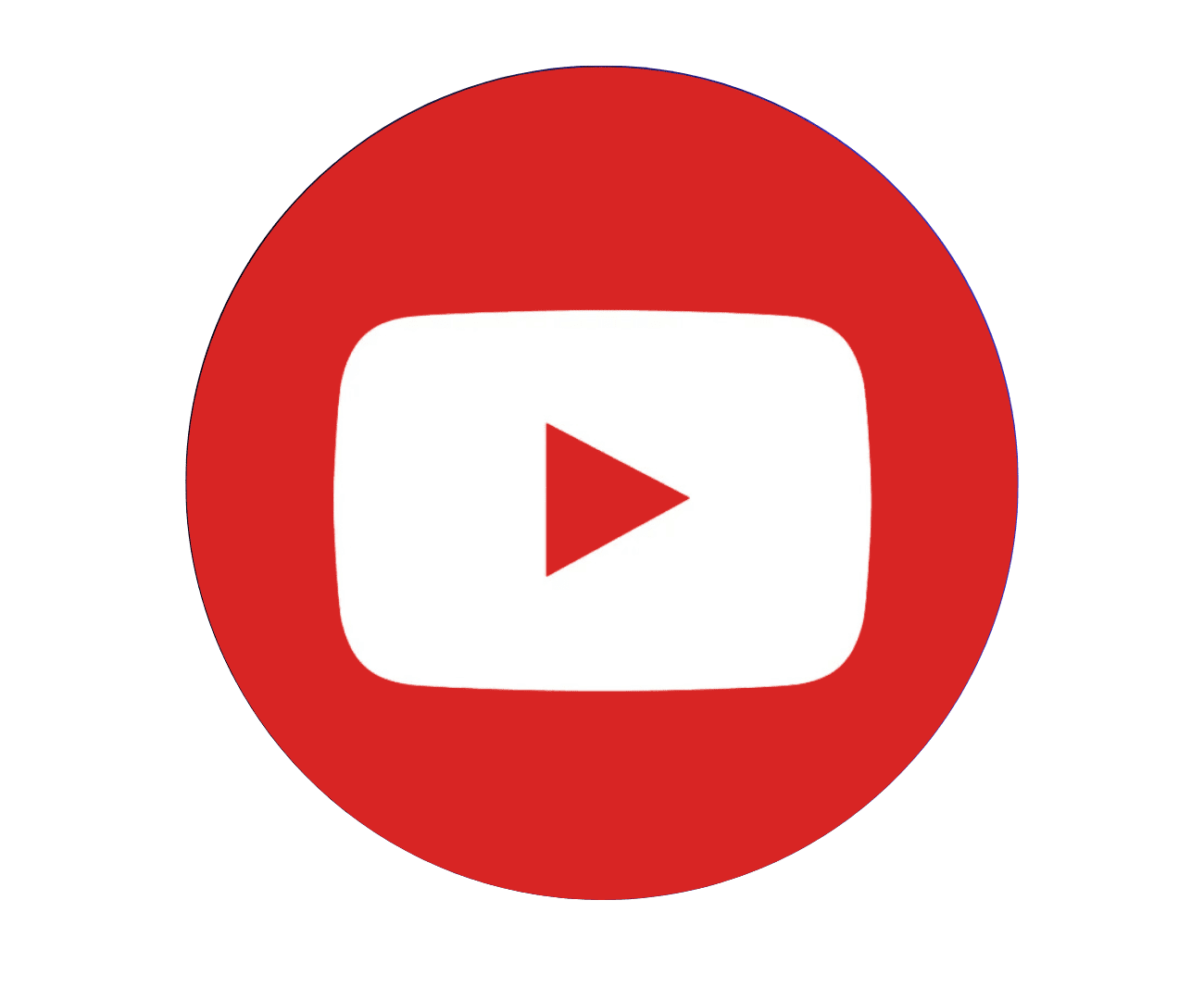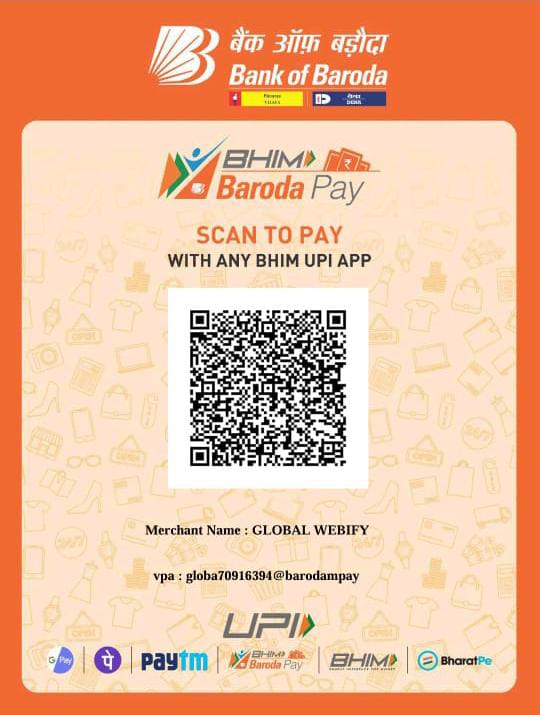In the competitive world of digital marketing, a well-crafted sales funnel is your secret weapon for turning casual visitors into loyal customers. Whether you’re selling products, services, or subscriptions, a high-converting sales funnel guides users through a structured journey—from awareness to action—while maximizing conversions and revenue.
In this guide, we’ll break down the anatomy of a sales funnel, share actionable steps to build one, and reveal tips to optimize every stage for success.
What is a Sales Funnel?
A sales funnel is a strategic pathway that leads potential customers through a series of stages, ultimately driving them to take a desired action (e.g., purchase, sign-up, or download). It’s called a “funnel” because the number of prospects narrows at each stage, filtering out those who aren’t ready to buy while nurturing those who are.
The 5 Stages of a Sales Funnel:
- Awareness: Prospects discover your brand.
- Interest: They engage with your content or offers.
- Decision: They evaluate your solution.
- Action: They convert (e.g., buy, subscribe).
- Post-Purchase: You retain and upsell customers.
Step 1: Awareness – Attract the Right Audience
Your goal here is to grab attention and introduce your brand to potential customers.
Strategies:
- Content Marketing: Publish blogs, videos, or podcasts that address your audience’s pain points (e.g., “How to Fix Common Plumbing Issues” for a home services company).
- SEO: Optimize content for keywords your ideal customers search for.
- Social Media Ads: Run targeted ads on platforms like Facebook, Instagram, or LinkedIn.
- PPC Campaigns: Bid on high-intent keywords (e.g., “best CRM software for small businesses”).
Tools to Use:
- Google Keyword Planner (for SEO/PPC research)
- Canva (for ad creatives)
- BuzzSumo (to find trending content ideas)
Example: A fitness coach uses Instagram Reels to share quick workout tips, driving viewers to a free “7-Day Fitness Challenge” landing page.
Step 2: Interest – Capture Leads with Valuable Offers
Now that prospects know you, it’s time to turn them into leads by offering something valuable in exchange for their contact information.
Strategies:
- Lead Magnets: Offer free resources like eBooks, checklists, or templates (e.g., “SEO Checklist for Beginners”).
- Email Opt-In Forms: Place sign-up forms on high-traffic pages (blog posts, homepage).
- Webinars or Workshops: Host live or pre-recorded sessions to showcase expertise.
Tools to Use:
- Leadpages or ClickFunnels (for landing pages)
- Mailchimp (for email capture)
- Calendly (for webinar sign-ups)
Example: A SaaS company offers a free “Social Media Calendar Template” in exchange for an email address.
Step 3: Decision – Nurture Leads with Targeted Messaging
Not all leads are ready to buy immediately. Use this stage to build trust and address objections.
Strategies:
- Email Drip Campaigns: Send a series of educational emails, case studies, or testimonials.
- Retargeting Ads: Show ads to users who visited your site but didn’t convert.
- Live Chat or Chatbots: Answer questions in real time to reduce friction.
Tools to Use:
- ActiveCampaign (for email automation)
- Facebook Pixel (for retargeting)
- Intercom (for live chat)
Example: An e-commerce store sends abandoned cart emails with a 10% discount code to nudge hesitant shoppers.
Step 4: Action – Convert Prospects into Customers
This is the moment of truth. Make the checkout or sign-up process seamless and irresistible.
Strategies:
- Simplify the Process: Reduce form fields and steps to checkout.
- Offer Guarantees: “30-Day Money-Back Guarantee” or “Free Shipping.”
- Urgency & Scarcity: Use countdown timers or “Limited Stock” alerts.
Tools to Use:
- Shopify or WooCommerce (for e-commerce checkouts)
- Thrive Architect (for high-converting sales pages)
- TrustPulse (for social proof notifications)
Example: A course creator uses a one-click upsell page after a purchase: “Get the Advanced Module for 50% Off Today Only!”
Step 5: Post-Purchase – Retain and Upsell
The journey doesn’t end at the sale. Happy customers are your best marketers.
Strategies:
- Follow-Up Emails: Send a thank-you email, request a review, or offer support.
- Loyalty Programs: Reward repeat purchases with points or discounts.
- Upsell/Cross-Sell: Recommend complementary products (e.g., “Customers who bought this laptop also loved this wireless mouse”).
Tools to Use:
- LoyaltyLion (for loyalty programs)
- Zapier (to automate post-purchase workflows)
- Yotpo (for collecting reviews)
Example: A skincare brand emails customers a week after purchase with a tutorial on using their product and a 20% off coupon for their next order.
Optimizing Your Sales Funnel
Even the best funnels need tweaking. Track these metrics to identify leaks:
- Conversion Rates: Are leads dropping off at a specific stage?
- Click-Through Rate (CTR): Do your emails/ads compel action?
- Customer Lifetime Value (CLV): Are post-purchase strategies working?
A/B Test Everything:
- Test headlines, CTAs, pricing, and page layouts.
- Use tools like Google Optimize or Unbounce for split testing.
Common Sales Funnel Mistakes to Avoid
- Skipping Audience Research: Don’t assume you know your customer—use surveys or analytics.
- Overcomplicating the Process: Too many steps = lost conversions.
- Ignoring Mobile Users: 60%+ of traffic is mobile—optimize for smaller screens.
- Neglecting Post-Purchase: Retention is cheaper than acquisition.











